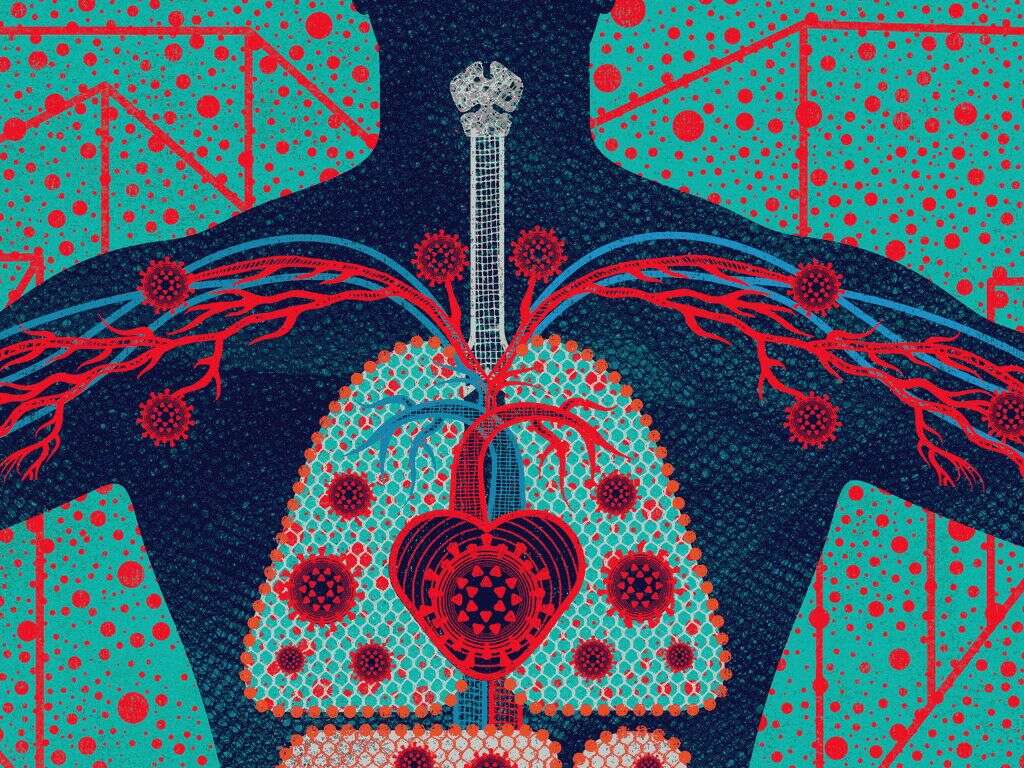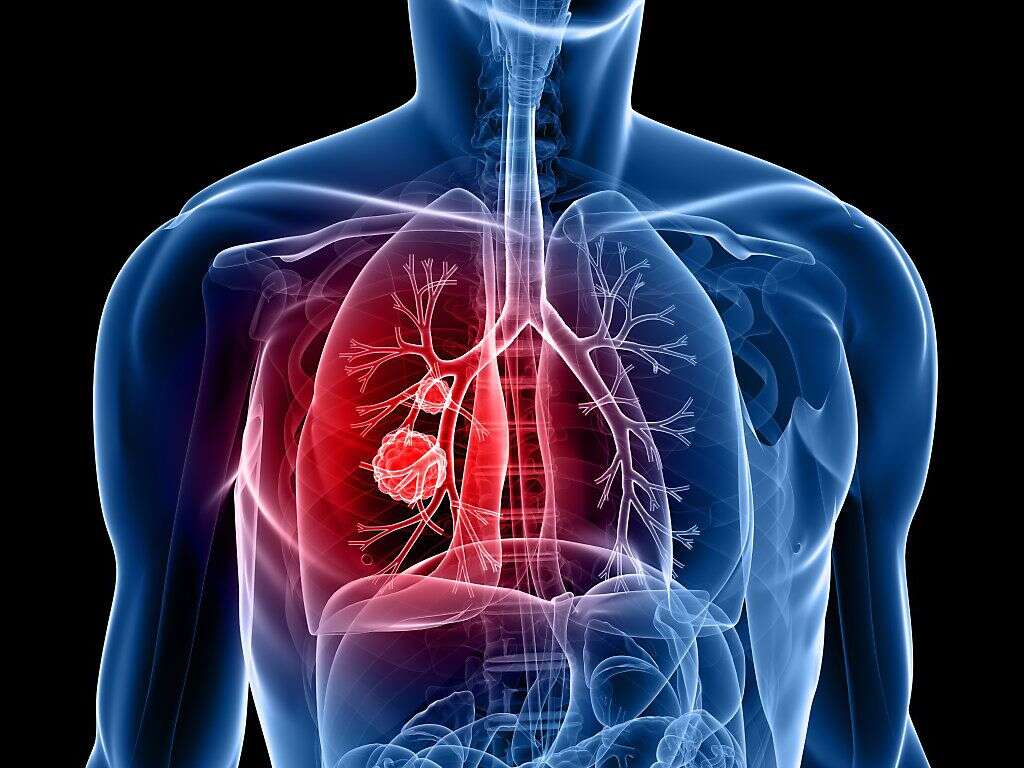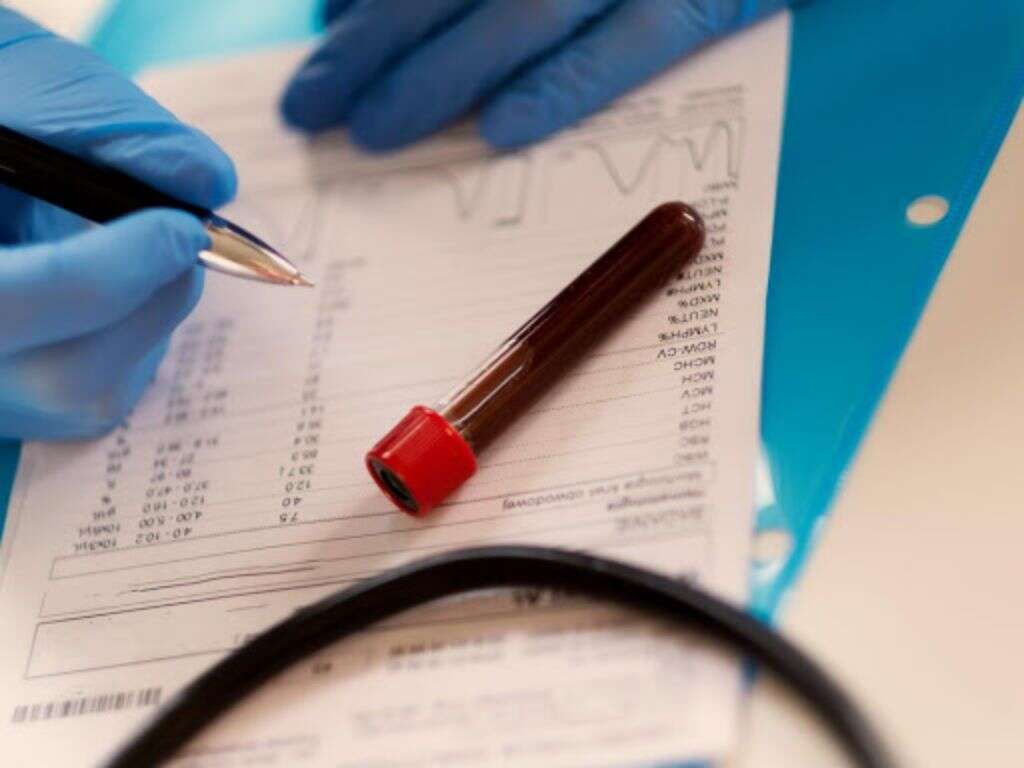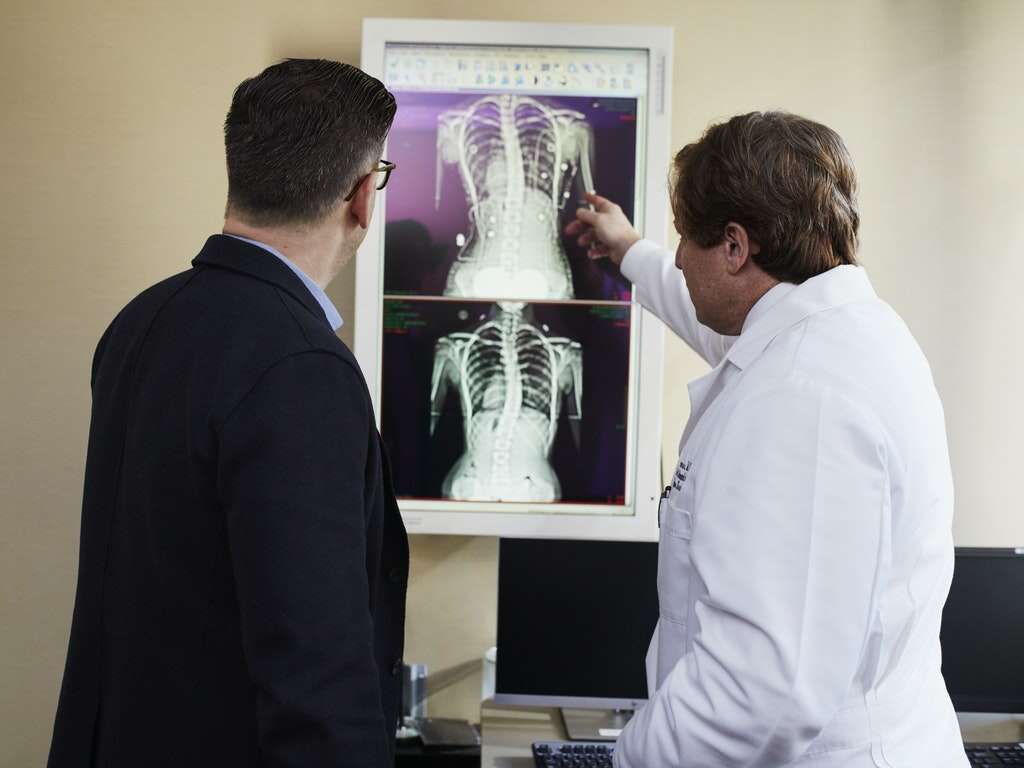What Is a Lung Nodule?
You can think of our lungs as a type of bag that inflates and deflates much like balloons do. With each inhalation, the lungs draw oxygen laden air into them. This air is then dissolved into the body through the lining of the lungs. The oxygen they provided us with is essential for our survival, so it pays to keep them in good condition.
As with other parts of the body, the lungs are prone to developing growths and other issues. There are various types that can develop on the lungs and these are known as lung nodules depending on their size.
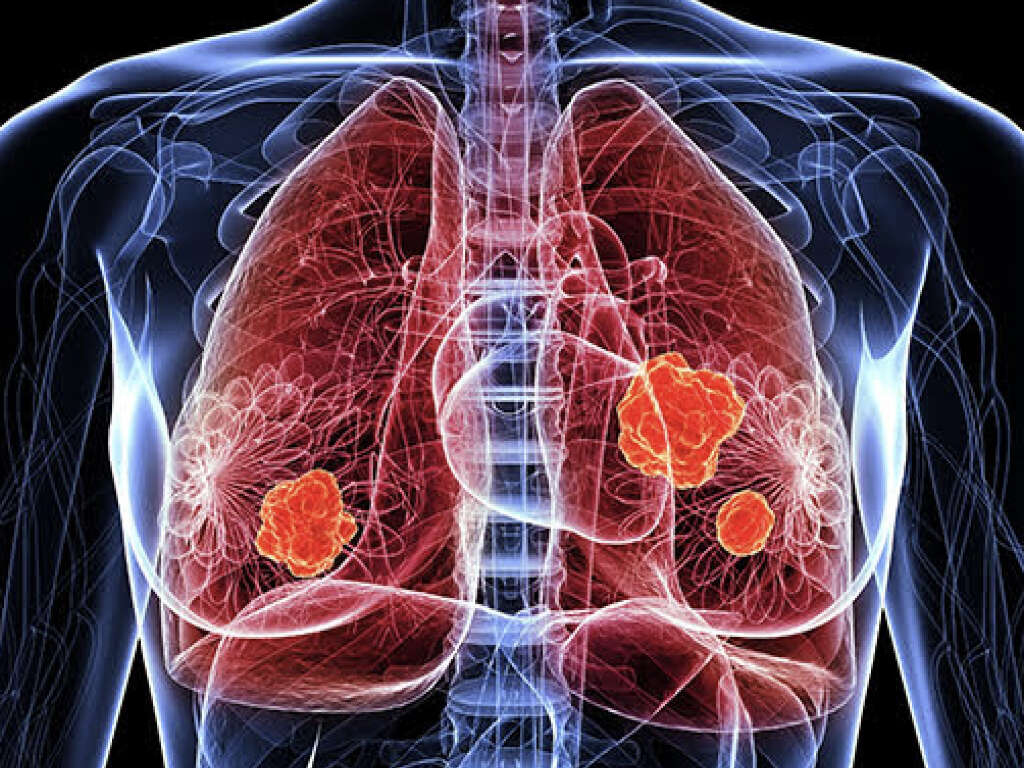
1. Lung Nodules
Lung nodules are small growths on the lungs. They are less than 3 centimeters in diameter and, if they are any larger, then they are categorized as lung masses instead. They are often referred to as lung spots or coin lesions for the way they show up in x-rays or CT-scans.
Lung nodules are fairly common and, in most cases, they are not dangerous. Regardless, it is still wise to treat them accordingly when discovered, and it is also wise to try and prevent them from occurring. There is no sure way to do this, but avoiding potentially harmful activities like smoking can help.

2. Benign vs. Malignant
One of the scary things about lung nodules is that they are sometimes cancerous. Thankfully, that is not usually the case. If a lung nodule is discovered then there’s a 60% chance that it is not cancerous, but this statistic changes between different demographics.
For example, if you are over 50 years old then the chances of a lung nodule being cancerous are approximately 50/50. If you are below 35 years old, however, then that statistic drops to around 1%. Regardless of statistics, it is always a good idea to have the nodules checked to help you determine whether or not a nodule is malignant.
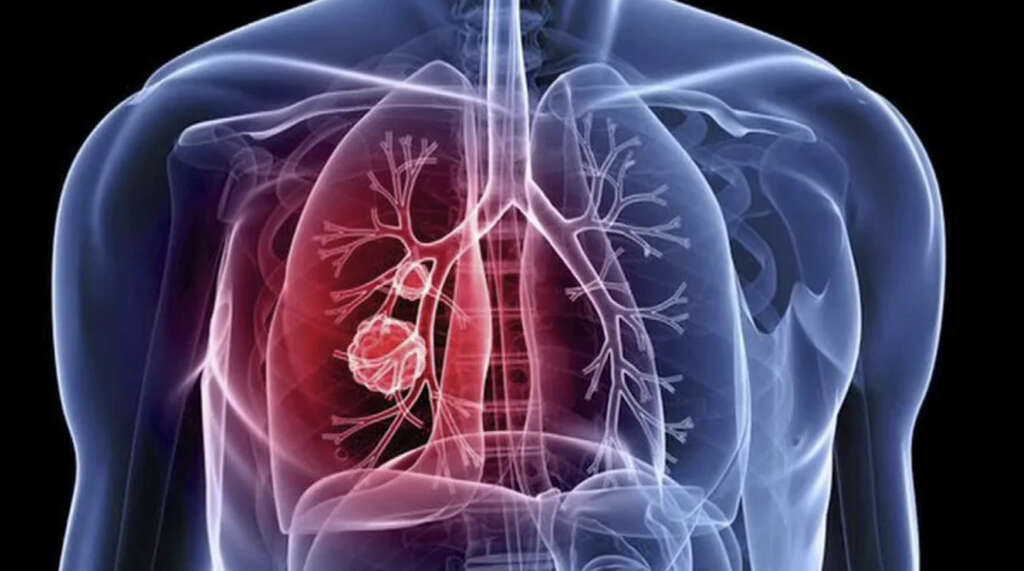
3. Symptoms
Most of the time, lung nodules will cause no symptoms whatsoever. Indeed, they are often only found by chance when the patient is being x-rayed for something else. They do sometimes cause symptoms, however, and these will often encourage the patient to see a doctor to find out what the cause is.
When symptoms do appear, they are likely to include a cough, wheezing, and shortness of breath. Some cases might also cause the patient to cough up blood and this is certainly something that should be investigated further. Lung nodules can also increase the frequency of respiratory infections.

4. Smoking
It is no secret that smoking contributes to lung problems, as well as other health conditions. It can damage and scar the lungs to the point where it becomes harder to breathe. Smokers will often also develop a cough, and more permanent problems are also a risk. One of these is lung nodules – with an increased risk of them being cancerous.
If you do smoke then it is strongly recommended that you stop as soon as possible. It is not easy to do but there is a lot of support material available that can help. Doing so can help to prevent severe problems and extend your life. It can also improve the quality of your life overall.

5. Inflammation
Inflammation of body tissues, joints, and organs is a problem that affects many people. It can be very uncomfortable and it can also be dangerous in some cases. Among the most common examples is rheumatoid arthritis, an auto-immune condition that results in inflammation of the joints. While it primarily affects the joints, rheumatoid arthritis can also affect the patient’s lungs.
When this does happen, it can sometimes result in the patient developing lung nodules. Other inflammatory conditions that can cause lung nodules include granulomatosis with polyangiitis, silicosis, and sarcoidosis. Treatment of these underlying conditions will often involve anti-inflammatory medication to at least help reduce the patient’s symptoms.

6. Tumors
Tumors are not uncommon, and many of us will develop at least one type of tumor in our life time. The good news is that the vast majority of tumors are harmless to us, but this is not always the case. They can develop pretty much anywhere on our body, and they will sometimes be found on our lungs.
Lung tumors are just like other types of tumor in that they can be benign or malignant. Examples of benign lung tumors include blastomas, hemangiomas, and fibromas, and bronchial adenomas. Examples of malignant lung tumors include lymphomas, sarcomas, carcinoid tumors, and lung cancer.
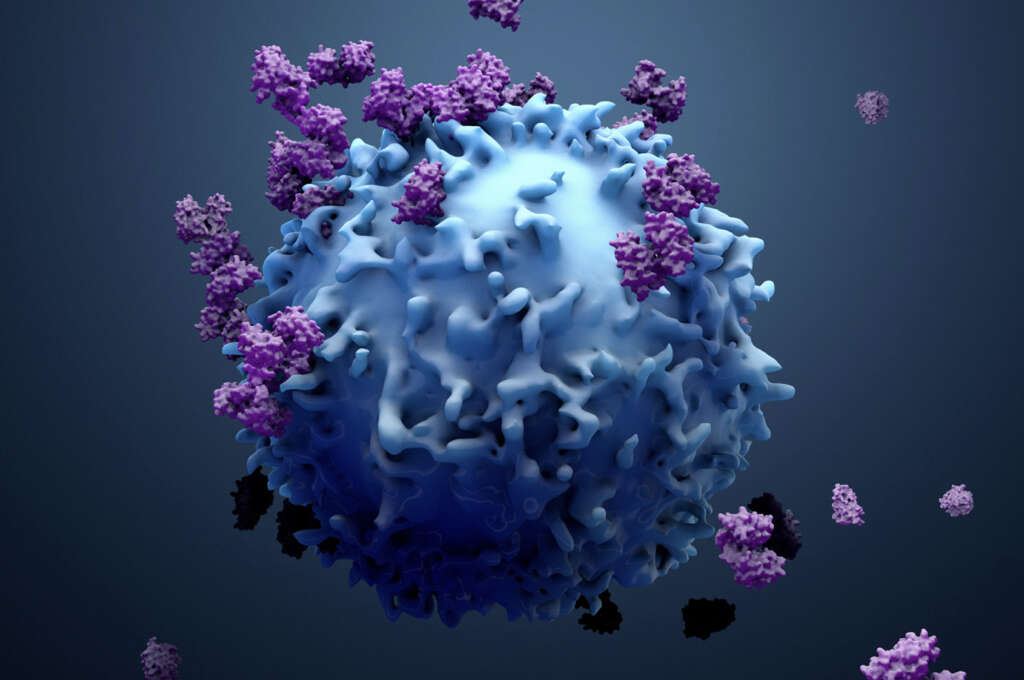
7. Metastases
One of the things that make cancers so dangerous is that they can spread to other parts of the body. In some cases, cancerous cells will travel in the blood stream from the original cancer to other parts of the body. When they eventually settle, they can begin to form another growth at their new location.
This is known as metastasis, and the new growths are known as metastases. They can be found on the lungs just as they can on any other part of the body. If a lung nodule is caused by metastasis then there is likely to be more than one nodule on the lungs.

8. Infections
Our respiratory system is prone to developing infections as we will often inhale pathogens directly into the lungs. Infections here can be dangerous as it can make it very difficult for the patient to breathe, in addition to causing other symptoms. The lungs can be infected by fungi, bacteria viruses, and parasites.
These include blastomycosis, aspergillosis, ascariasis, and liver flukes. When infections do occur, granulomas can form as the body tries to seal off the infected area and form a barrier with which to protect the rest of the body. If you are experiencing considerable difficulty breathing then you should find medical assistance.
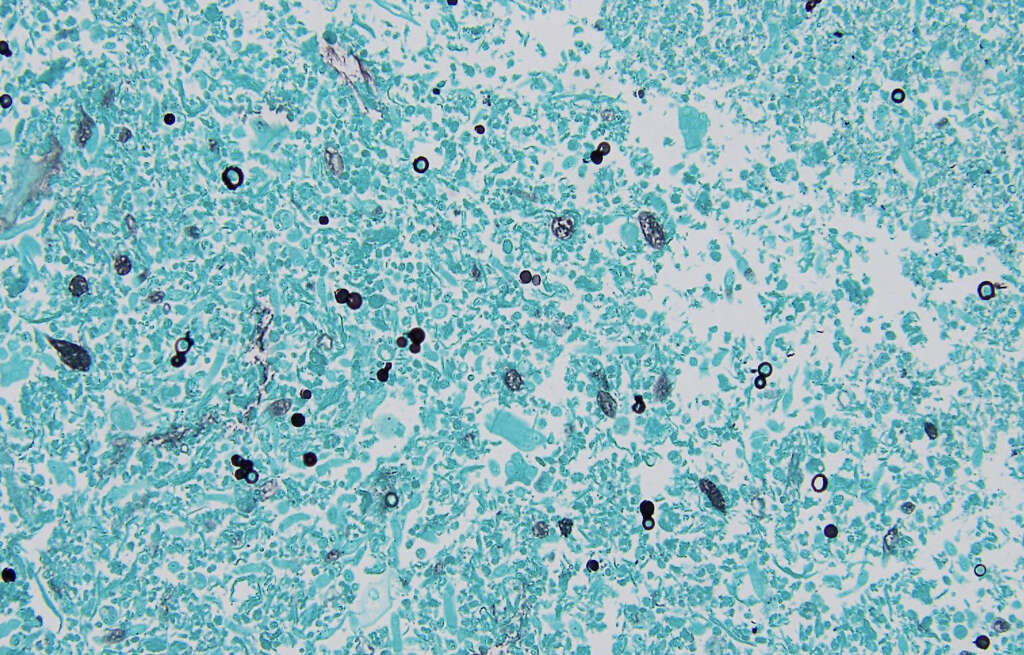
9. Biopsy
As mentioned, it is very important to find out whether or not any discovered lung nodules are indeed cancerous. This is achieved by way of a biopsy, and this means physically taking a sample of the lung tissue so it can be closely examined. Intrusive surgery is sometimes needed to perform this, depending on where about the nodule is.
While large nodules can be detected by x-ray, smaller ones can be missed. This means that a CT scan can also be required to be sure that none have been missed. Even an intrusive lung biopsy should be a relatively straight forward procedure.

10. Prevalence
It is difficult to be sure just how common lung nodules are because they so often go undiscovered. Regardless, it is still known that they are a common condition. Approximately 1 is found in every 100 CT scans. Because x-rays are less clear, that figure is around 1 in every 500.
In the United States alone, approximately 150,000 cases are discovered every year. Even if a patient with lung nodules does have an x-ray it still does not necessarily mean the nodules will be detected. It is estimated that of all the smokers aged over 50 years old, approximately half will have lung nodules.




